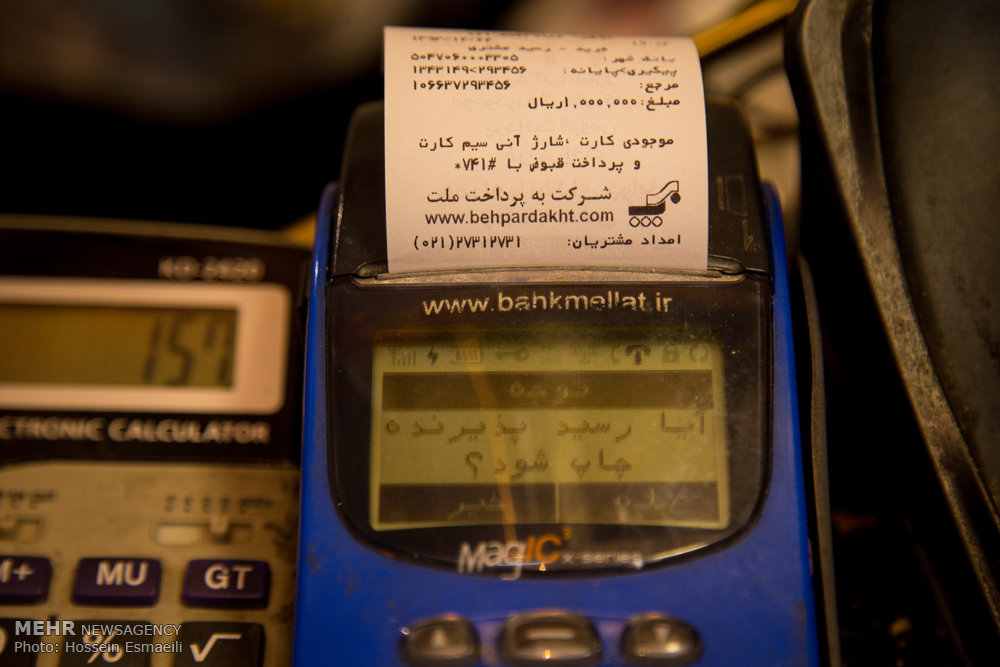The regressive structure of Iran’s bank income and fee system will only entail higher costs for the lenders already facing a hefty credit crunch, a senior banker said.
Alireza Lagzaei, deputy CEO of Bank Mellat, added that Iranian banks paid more than 50 trillion rials ($1.07 billion) in fees during the previous fiscal year.
“It is predicted that this figure would rise to about 80 trillion rials ($1.72 billion) this year,” he told IBENA.
At present, banks receiving and making payments bear the bulk of payment fees because when a payment is made with a bank card, the bank receiving the payment has to pay a fee to the bank whose card has been used. This is on top of the amount banks pay as rent and support fees for each POS device to payment service providers.
Furthermore, banks have to pay another fee when submitting a transaction order aimed at paying public bills and purchasing phone credit recharges.
According to Lagzaei, when it comes to the income structure of banks, Iranian banks lag far behind the global banking industry and rely heavily on the traditional way of doing business based on deposits.
He added that Iranian lenders earn about 5% of their incomes from fees and the number will rise to 15% at the best of times, but international banks with modern and progressive financial structures earn up to 55% of their incomes from fees.
“The current business model of banks is flawed and the banking system is at risk of posting losses,” he said.
The Central Bank of Iran in late December announced that comprehensive policies allowing fees to be obtained from people on payment transactions made with retail POS devices will be finalized soon, but their implementation is still at least a year away.
This is while according to CBI’s deputy for innovative technologies, Nasser Hakimi, Iranian banks’ revenues from electronic payment fees do not exceed 30 trillion rials ($645 million) each year whereas they spend about 70 trillion rials ($1.51 billion) for providing e-payment services.
Lagzaei said the operational profit margin of banks is negative, meaning that attracting deposits and offering loans have become disadvantageous and “you can almost find no banks whose core business is profitable”.
According to the Bank Mellat official, a part of the problem emanates from regulatory hurdles because banks are currently unable to define any new fee-based services as such fees must be approved by CBI.
With regard to lacking regulatory flexibility, Lagzaei blames the banks themselves, customers and the parliament.
Based on the latest data released by Shaparak, Iran’s payment settlement network, banks paid an average of 116.2 rials ($0.002) for every 100,000-rial ($2.1) transaction.


